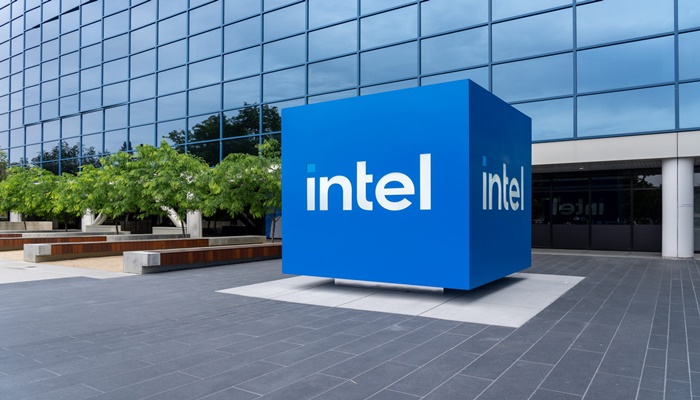We’ve been talking about diversity for decades, and frankly, the conversation is getting stale. The reports are written, the training modules are completed, and the diversity and inclusion committees meet monthly. But despite the effort, many companies still struggle to move the needle on true inclusion and retention—especially among marginalized groups.
Why? Because many leaders stop at diversity (representation) and miss the crucial step of fostering an inclusive workplace culture (ensuring everyone is seen, heard, and belongs).
New data confirms what inclusive leaders have known intuitively: an inclusive workplace culture isn’t a soft perk; it’s the engine of organizational commitment and performance. It’s time to shift our focus from mandated training to measurable, intentional acts of inclusion.
There is a compelling business case for why your next strategic priority must be cultivating an inclusive workplace culture, and the specific actions that will get you there.
Culture Drives the Bottom Line (and Retention)
We often look at retention through the lens of compensation or career path, but the feeling of being truly accepted and valued is a far more powerful adhesive. Data from “The Power of Belonging” clearly shows the organizational commitment fueled by this emotional connection: “professionals with a strong sense of belonging are significantly more likely to stay for at least two more years, are more loyal to their organizations, and are more likely to recommend their company as a great place to work.”
In today’s hyper-competitive talent market, loyalty and advocacy are priceless. When an employee feels like they truly belong, they aren’t looking over the fence. They become your best recruiters and your most committed performers. This isn’t just about reducing turnover costs; it’s about stabilizing your institutional knowledge and building a reputation as an employer of choice.
Allyship: The Fastest Route to Engagement
If an inclusive workplace is the goal, allyship is the most direct path to achieving it. An ally is someone who actively works to promote a culture of inclusion and uses their privilege to advocate for others. Their presence doesn’t just feel good; it measurably transforms the employee experience.
According to Coqual’s findings on allyship and fairness, employees with vocal and active allies are 2x more likely to feel they belong and a staggering 3.4x more likely to be engaged at work.
Think about the ROI here. Doubling the sense of belonging and tripling engagement through a commitment to allyship is an executive decision, not an HR initiative. It moves the needle on productivity, innovation, and profitability. Leaders must equip their teams with the language and skills to be active, courageous allies—it is perhaps the most practical and immediate strategy for boosting engagement across the board.
Inclusive Colleagues and Managers Are the Inclusion Infrastructure
An inclusive workplace culture is built one interaction at a time. It requires an inclusive infrastructure supported by both peers and managers.
The Power of Inclusive Peers: It’s not enough for an employee to feel supported by their boss; they need to feel safe and respected by their colleagues. “Equity Calls on Everyone” data confirms that having more inclusive colleagues (those who support, back ideas, and speak up) is associated with a 21% increase in perceived fairness at work. Fairness is foundational to trust. When employees feel the playing field is level, they are more likely to take risks, contribute their best ideas, and hold others accountable.
The Impact of Inclusive Managers: When it comes to career advancement, managers hold the keys. The report also found that employees with inclusive managers are significantly more likely to be recommended for promotions, raises, and stretch opportunities and feel a sense of safety and respect. This is the difference between a high-performing employee plateauing and reaching their full potential. An inclusive manager actively disrupts bias in talent decisions, ensuring that merit and potential—not familiarity or affinity—drive opportunity.
Precision Inclusion: Addressing Intersectional Gaps
While a general focus on inclusion is helpful, a scattershot approach will always miss the most marginalized groups. The data shows that intersectional gaps persist without a strategy built on precision.
Women of color, LGBTQ+ professionals, and other intersectionally marginalized groups face compounded exclusion. Data from studies like “Being Black in Corporate America” shows that these groups are least likely to report access to sponsorship and visibility, despite strong performance.
This is a talent crisis. We have high-performing individuals who, because of compounded biases and exclusion, are being blocked from the visibility and sponsorship that is required for senior roles. To close this gap, leaders must move beyond broad statements and implement targeted actions: ensuring performance reviews are free of bias, mandating diverse slates for sponsorship opportunities, and actively seeking out and amplifying the voices of these marginalized professionals.
Inclusion is not a feel-good program; it is the most robust strategy for retention, engagement, and performance. Stop writing reports about diversity. Start investing in measurable, high-impact acts of allyship and inclusive leadership to cultivate true belonging. Your employees, and your bottom line, will reward you.




















